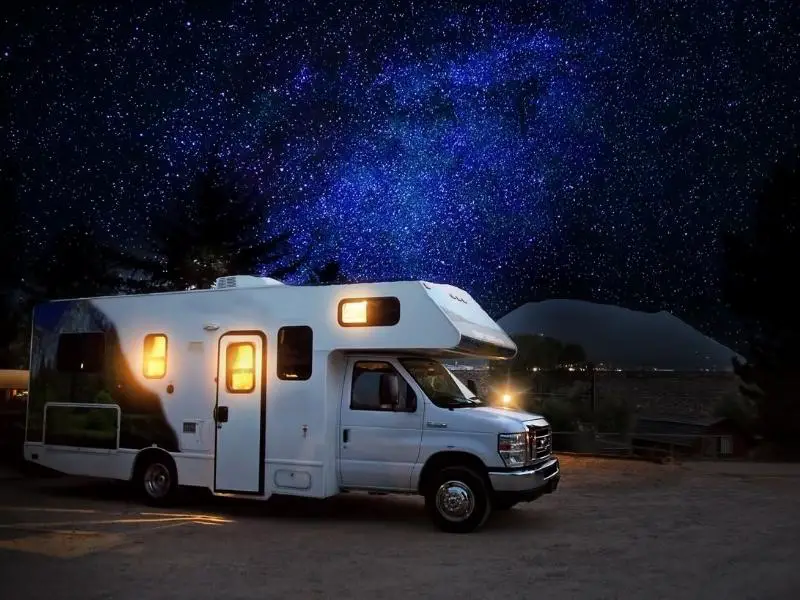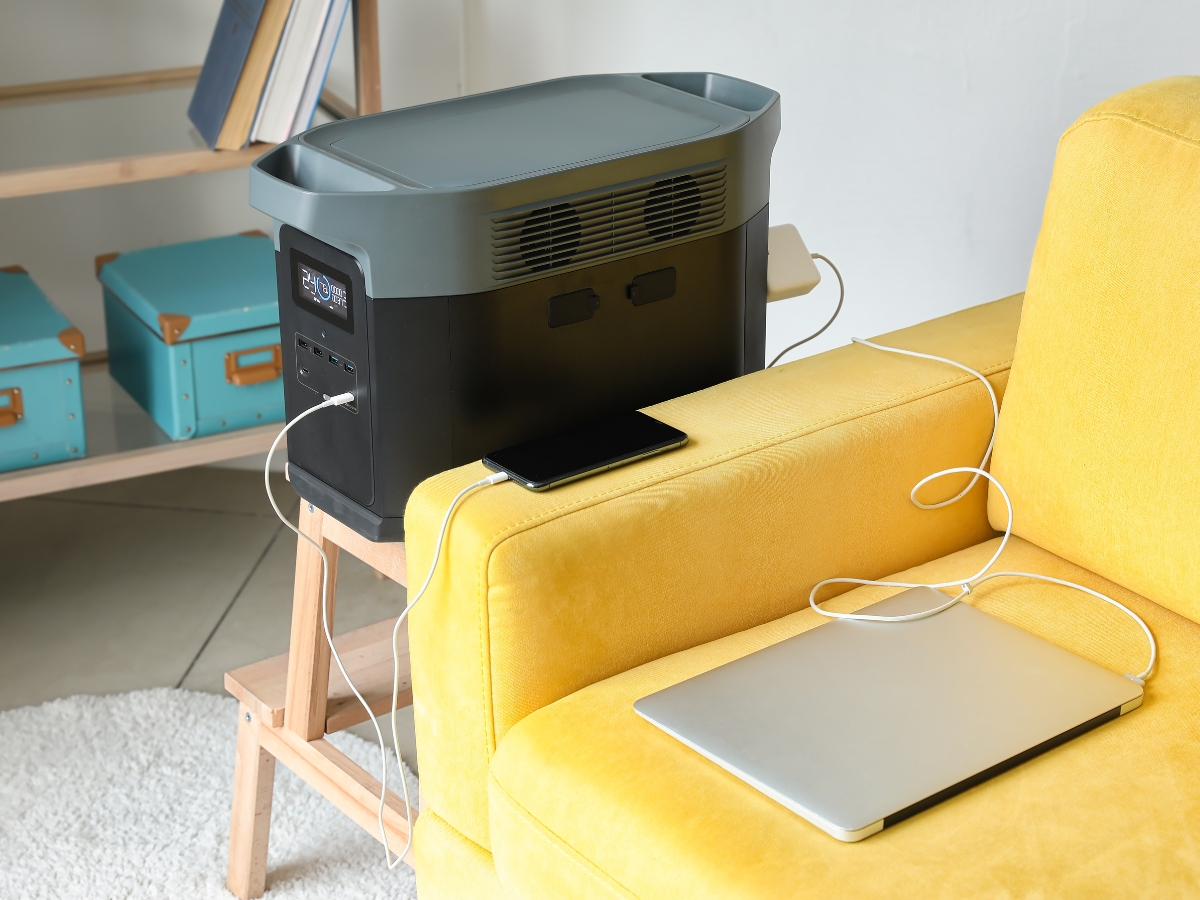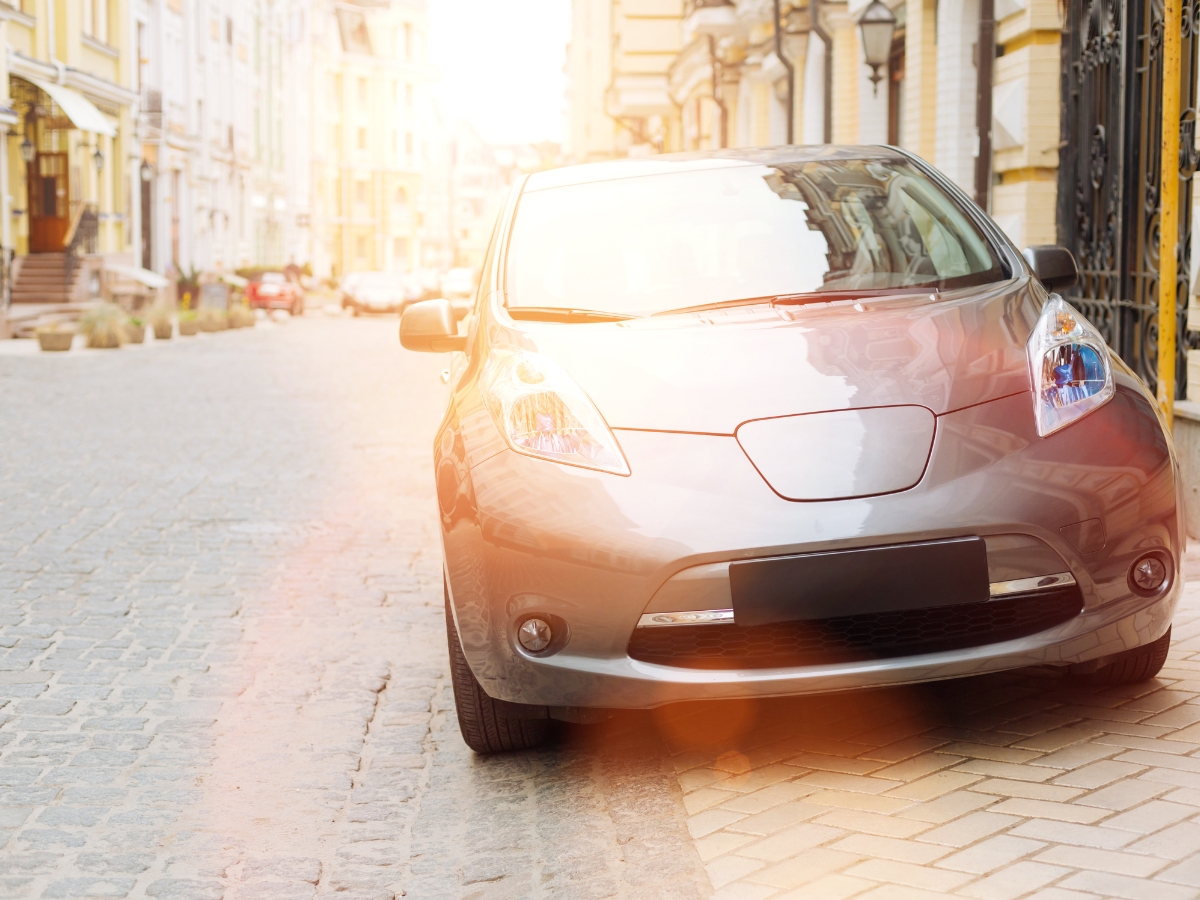When you plan to go on vacation with your family using your Rv, the one thing you will need is a powerful and reliable inverter. Generators tend to be loud, so an inverter will be a more suitable option to generate the power you need on your trip.
When selecting the correct inverter for an Rv, it is crucial to first calculate the power needs as this has a direct impact on the inverter system size. Understanding the impact of other components helps to eliminate poor choices when deciding on the correct size of an inverter.
Inverter size for an Rv depends on:
- Available inverters
- Considerations before buying an inverter
- Calculate power needs
- Impact of other components
- Installation tips
- Inverter options
Inverter systems do not have to be rocket science, and with a bit of research, the correct tools, and a few practical skills, you can also install an inverter in your Rv.

What Size Inverters Systems Are Available For An Rv?
You get 12-V, 24-V, 36-V, and 48-V inverter systems, and they come in different wattages. The option you choose will be based on the specific power needs for the Rv.
In the last few years, inverters have become an environmentally friendly alternative to conventional power generation. These small-capacity inverters are readily available at most hardware stores. It is also available at a lot of online retailers.
The bigger capacity inverters are what we will need for an Rv with all the luxury that comes with a home away from home. We need to shower with hot water, have a fridge and freezer to keep all our essentials cold and fresh, have television and satellite to still watch our favorite sports, and do most of the things we can do at home like the laundry.
The bigger the power needs become, the higher the cost becomes. We will get to inverter options a little later in this post.
What To Consider Before Getting An Inverter For An Rv?
The considerations you need to make before getting an inverter for your Rv are the other components that work with the inverter and what needs to run from the inverter.
Components Needed To Make The Inverter Work In The Rv
Certain components are needed to make the inverter work. Inverters can not function on their own. They need to be compatible with the size and type of inverter that is selected for the Rv; here is a list:
- A sustainable way to charge the batteries – A solar panel is the component that will recharge your battery in times where there are no power points at the campsite.
- Deep cycle batteries – you need to choose batteries that can store the energy, and it needs to be able to handle a 12-volt inverter, 24-volt inverter, 36-volt inverter, or even a 48-volt inverter. It is the job of the batteries to energize the inverter.
- A charge regulator- it is the regulator’s job to ensure that the batteries do not overcharge in any way and prevent harm to the batteries.
- Other materials – The list of materials needed will depend on the type of inverter system installed in the Rv.
It is recommended to use a qualified technician for any electrical installation, including an inverter system for an Rv.
Some Appliances That Can Run From The Inverter In The Rv
Selecting a suitable inverter for your Rv will depend on what appliances will need to be powered by the system. It is essential to calculate and consider all appliances and even electronic device chargers to ensure that the inverter would be sufficient for the power needs.
Here is a table with some power output examples based on what might be in an Rv.
| Appliance | Type and Model | Power Output | Surge Power |
| Refrigerator | Norcold 2-way | 800 watts | 1200 watts |
| Water Heating system | Takagi indoor | 4000 watts | 0 watts |
| Water pump | Flojet Triplex pump | 800 watts | 1300 watts |
| Microwave oven | Sharp R1874T | 1100 watts | 0 watts |
| Hairdryer | Conair travel smart | 1250 watts | 0 watts |
| Washing machine | Gizmos portable | 1150 watts | 2300 watts |
| Lighting | LED Fittings | 11 watts per light | 0 watts |
| Television | Proscan tv/DVD | 85 watts | 250 watts |
| Electric stove | Climax | 1200 watts | 1725 watts |
| Coffee maker | Hamswan drip | 1000 watts | 0 watts |
| Toaster and oven | Elite gourmet | 1200 watts | 1200 watts |
| Air fryer | Dash compact | 1500 watts | 0 watts |
| Chargers for cellphones | Various | 60 watts | 0 watts |
| Chargers for laptops | Various | 60 watts | 0 watts |
| Chargers for tablets | Various | 60 watts | 0 watts |
| Dishwasher | Vesta Rv | 1500 watts | 1500 watts |
| Air conditioning | Rv roof mount 11000 BTU | 1010 watts | 590 watts |
| Sattelite dish and receiver | Personal choice | 30 watts | 250 watts |
In the table above, we can accurately see the culprits in terms of power consumption. You can also use this table to roughly estimate your power needs to select a suitable inverter system for your Rv.
How Do You Calculate The Inverter System Needs For An Rv?
The easy calculation is to take the watts needed for the appliance to run and multiply it by the number of hours you will use it ( running watts X usage hours).
This section will help you in learning how to calculate your power needs, so you can decide on the best possible choice when picking out an inverter system for an Rv.
For example, a fridge needs to run a full 24-hour cycle, so we do simple multiplication (24) hours X Running watts(800) X (1) Fridge = 19200 watts to run for the day.
Please note that the values are based on speculations and might differ from your needs and the appliances you have.
| Item and Quantity X | Hours Per Day X | Running Watts = | Watts Needed Per Day |
| Refrigerator X1 | 24 | 800 watts | 19200 |
| Water Heating system X1 | 3 | 4000 watts | 12000 |
| Water pump X1 | 2 | 800 watts | 1600 |
| Microwave oven X1 | 2 | 1100 watts | 2200 |
| Hairdryer X1 | 0.5 (30 mins) | 1250 watts | 625 |
| Washing machine X1 | 0.5 | 1150 watts | 575 |
| Lighting X 10 | 5 | 11 watts per light | 550 |
| Television X1 | 4 | 85 watts | 340 |
| Electrical stove X1 | 2 | 1200 watts | 2400 |
| Coffee maker X1 | 2 | 1000 watts | 2000 |
| Toaster and oven X1 | 1 | 1200 watts | 1200 |
| Air fryer | 0.5 | 1500 watts | 750 |
| Chargers for cellphones X1 | 3 | 60 watts | 180 |
| Chargers for laptops X1 | 3 | 60 watts | 180 |
| Chargers for tablets X1 | 3 | 60 watts | 180 |
| Dishwasher X1 | 1 | 1500 watts | 1500 |
| Air conditioning X1 | 6 | 1010 watts | 6060 |
| Sattelite dish and receiver X1 | 4 | 30 watts | 120 |
| Adds up to 51660 |
The calculations as set out in the table above show that the power needed for this specific Rv will be 51660 watts per day if everything is running from an inverter system.
To better understand the implications of these calculations, we will look at the impacts that other components have on making the inverter system functional and the impact on the size of the inverter.
What Is The Impact Of Other Components On The Inverter Size?
The size of the inverter for the Rv will be impacted by two other components, namely the solar panels and the solar batteries.
It is clear from the calculations in the tables above that the size of an inverter will be based on the wattage needed from the inverter to power the appliances. Therefore the inverter needs a charging source (solar panels) and a place to store the power (solar batteries).
The Effects Of Solar Panels On The Size Of The Rv Inverter
Solar panels directly impact choosing the correct size of inverter for an Rv. It is because of the way that an inverter functions. If you do not consider your charging source when choosing your inverter size, you will run out of power and be left in the dark.
Another reason the solar panels impact the inverter’s size is space limitations. The amount of space you have on the top of the Rv for the solar panels will impact the inverter’s capability.
For example, if there is space for only four 230 watt solar panels, it will supply the system with 5520 watts for the day (inverter charge; 230w X amount of panels; 4 X hours of charge; 6). It means that we will choose a 6000watt inverter for this setup.
If you require more current, you need more solar panels, more batteries for storage, and a bigger inverter.
The Effects Of Solar Batteries On The Size Of Rv Inverter
Solar Batteries are another component that impacts the size of the inverter you will need for an Rv. The batteries store the current that the inverter converts to supply the power to the appliances inside the Rv.
It means that if the batteries are not sufficient in size, the inverter will run out of power before all the needs are met. A combination of calculated and compatible solar panels and suitable batteries will give enough capacity to the inverter.
Here is a calculation that is helpful to see what capacity battery you need. You take the voltage, then multiply it with the amp hours, which equals your watt-hours, for example (24V X 500AH = 12000 WH). Remember your charge regulator to prevent harm to the batteries.
What Are Some InstallationTips For An Rv Inverter?
Installing the correct size of inverter and other components for an Rv is a task that needs some skill, but it is possible to do it on your own with the help of do-it-yourself tutorials and expert guidance. Below are a few useful tips to help you along:
- Do basic calculations to work out the power needs that you have before starting with any installation of the correct size inverter. It helps to plan everything out.
- Plan out the locations for the solar panels, the correct size inverter, and the batteries. Also, the places where you will run the cables and make connections. You do not want to drill or cut into water or gas lines.
- It will be a permanent installation, but you also need to think of the maintenance of the different components. Remember, nothing lasts forever. Do not install components in hard-to-reach places.
- Removing certain fixtures during the installation may be necessary, so remember where the screws and fixtures go. Securing the correct size inverter and other components with brackets will prevent breakages while on route to your destination.
- Ensure adequate ventilation is available in the location of the correct size inverter to prevent overheating. Inverters have fans, but they can also fail, resulting in the inverter burning out.
- It would be best to get a qualified electrician when installing the wiring and correct size inverter connections, it will save you money in the long run, and they can give you the correct certification.
What Are Some Inverter Size Options For An Rv?
Choosing the correct and most suitable inverter size for an Rv can be difficult, but it is possible by following the guidelines and consulting experts.
Inverter systems will not be complete without reliable charging or energy storage components; we have seen in this post that we need all these components to work together with proper planning. It is crucial in choosing the correct size inverter for your Rv.
Here are a few inverter size options for your prized Rv:
- 12-volt inverter for an Rv – the Wagan black 10000w proline inverter is a high capacity option with 20000w surge power. It is a good option if you choose not to do a permanent installation.
- 24-volt inverter for an Rv – U power 10000 constant power and 40000 peak power inverter; it is a pure sine power inverter with great surge power capacity. Some people choose 24 volt systems because it reduces the number of batteries needed.
- A 36-volt inverter system for an Rv is a great option if you do not need a lot of current for your Rv. WZRELB manufactures a 3500watt pure sine wave inverter working on a 36-volt system. They are highly rated on some online platforms.
- A 48-volt inverter system for an Rv is great for low current needs on an Rv. The WZRELB range also has a 48-volt option. It is a 3500watt pure sine wave inverter working on a 48-volt system as with their 36-volt option; this is also highly rated on some online platforms.
Resources:



